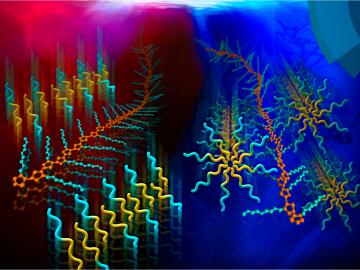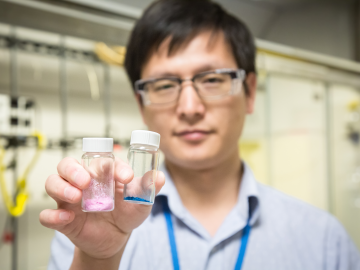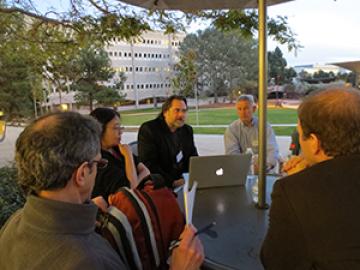
Carter to lead Fusion Energy Division at Oak Ridge National Laboratory







For more than 50 years, scientists have debated what turns particular oxide insulators, in which electrons barely move, into metals, in which electrons flow freely.




